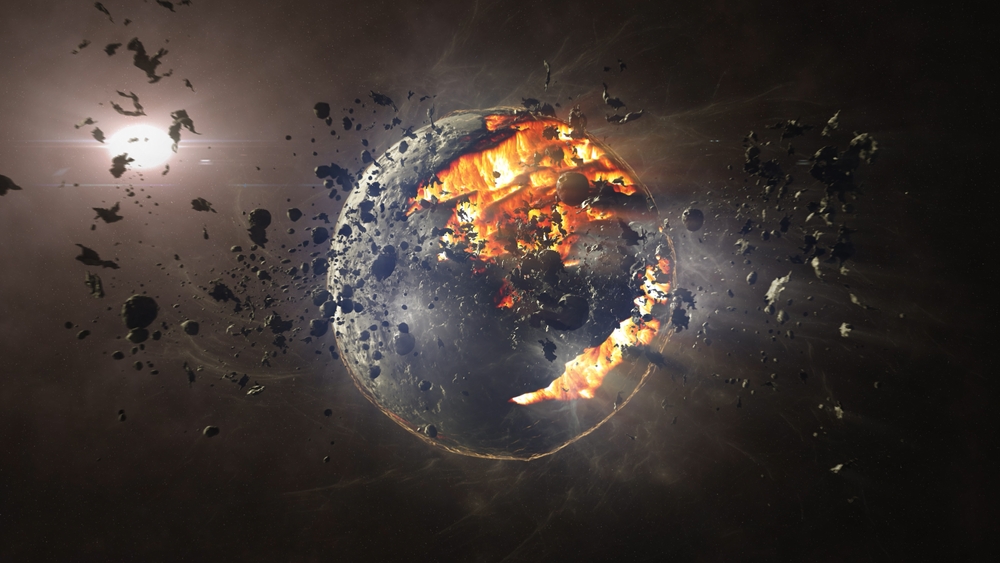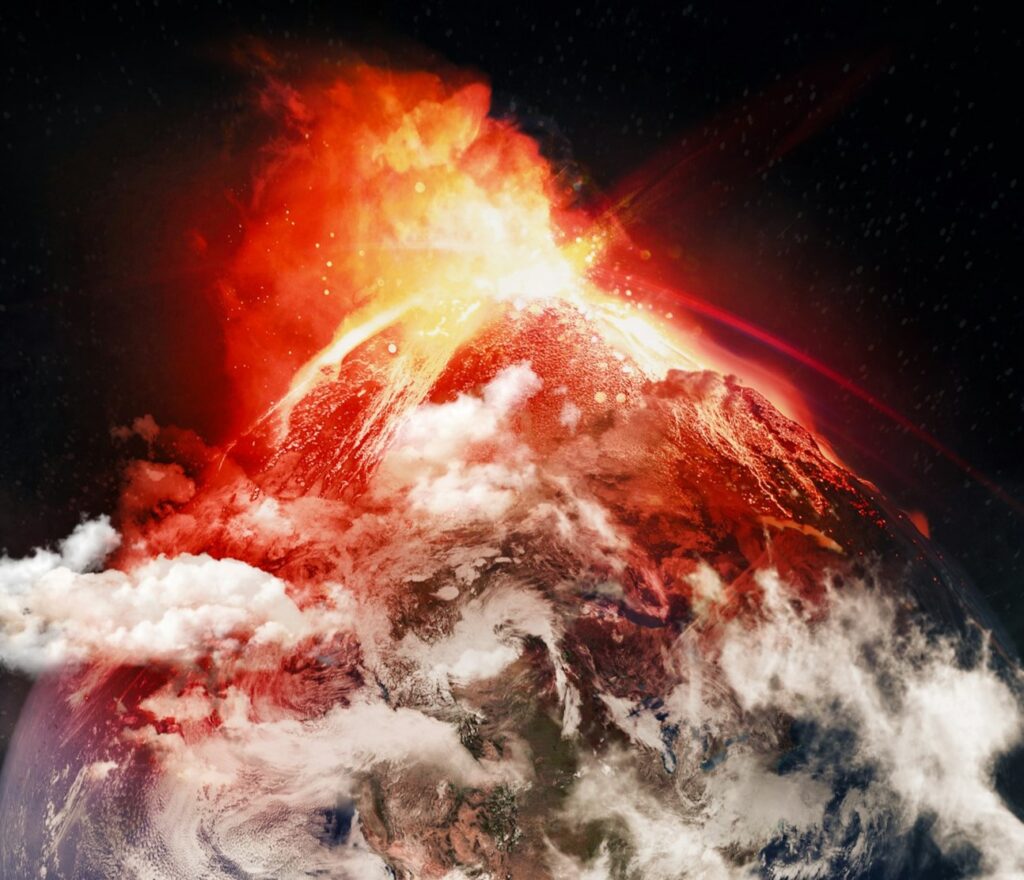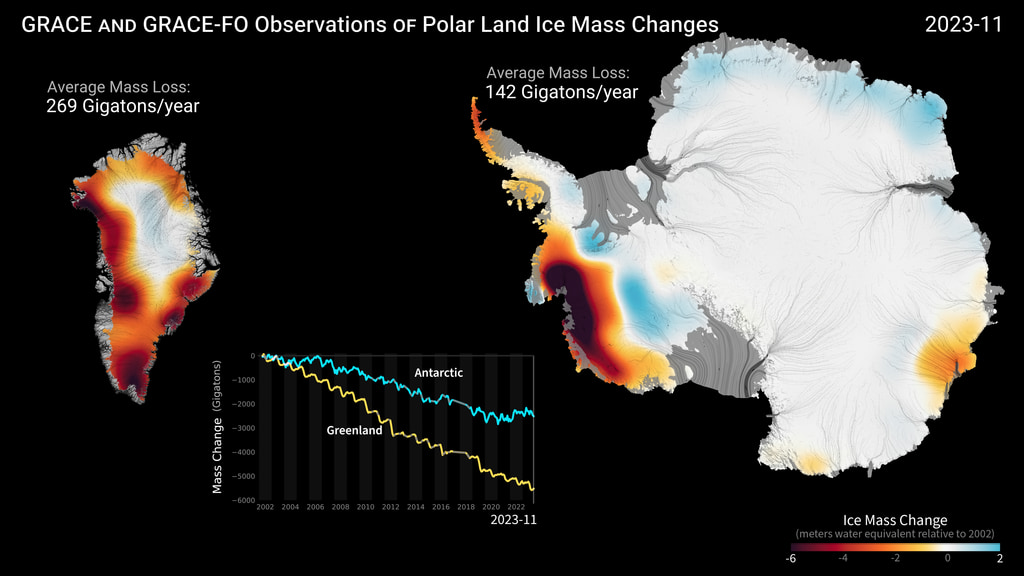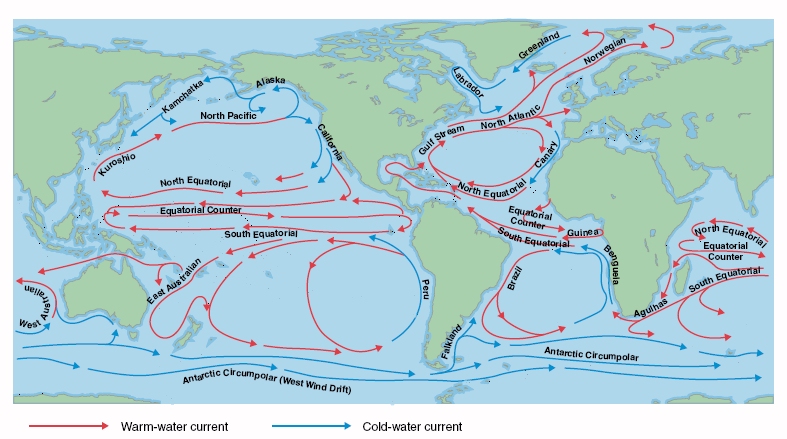Earth on the Brink: Scientists Warn of Irreversible Climate Tipping Points

The Earth has entered a perilous phase that scientists long feared would arrive within this century. A new landmark report warns that several vital natural systems are on the brink of crossing what experts describe as irreversible tipping points. Once these thresholds are breached, the planet could spiral into a chain reaction of environmental collapse that no technology or policy could easily reverse. The findings are being described as one of the clearest warnings yet that humanity’s window to prevent a catastrophic global shift is rapidly closing.
The report, compiled by an international coalition of climate scientists and published earlier this month, draws on decades of research from multiple disciplines. It highlights the imminent danger facing coral reefs, polar ice sheets, and the Amazon rainforest, all of which are approaching thresholds beyond which recovery may no longer be possible. Researchers fear that the interconnected nature of these systems could trigger a domino effect, where the failure of one accelerates the collapse of others.
The message is simple yet devastating in its clarity. Human activity has warmed the planet to a level where Earth’s natural stabilizers are beginning to falter. The consequences of such an event would reverberate through every aspect of human life, from agriculture and water security to health, migration, and geopolitical stability. The era of theoretical warnings has ended; scientists now say we are witnessing the early stages of irreversible change.
The authors of the report stress that immediate and transformative global action is still capable of averting the worst outcomes. But time, they warn, is measured in years rather than decades. This stark reality calls for both scientific understanding and collective moral reckoning.

A Planet Approaching Its Tipping Points
For years, researchers have warned that Earth’s climate operates like a complex web of interdependent systems. When one thread snaps, others begin to fray. The new report identifies several critical tipping points that are either dangerously close or already in motion. These include the melting of the Greenland and West Antarctic ice sheets, the widespread bleaching of coral reefs, and the potential collapse of the Amazon rainforest. Each of these processes threatens to release vast quantities of carbon or destroy vital ecosystems that regulate the planet’s temperature.
The Greenland ice sheet, for example, contains enough frozen water to raise global sea levels by over seven meters. Scientists estimate that parts of it have already entered an irreversible melting phase. Similarly, the Antarctic ice sheet, long considered stable, is showing alarming signs of structural weakness as warmer ocean currents erode it from below. Together, these melting ice sheets could reshape coastlines worldwide, submerging major cities and displacing millions of people.

Image Credit: Jet Propulsion Laboratory-CalTech/NASA
Equally concerning is the fate of the world’s coral reefs, which serve as the foundation for countless marine ecosystems. Rising ocean temperatures have caused mass bleaching events, where corals lose the algae that sustain them. According to the report, over 90 percent of reefs are projected to experience annual bleaching by mid-century if emissions remain on their current trajectory. The loss of coral reefs would devastate fisheries, biodiversity, and coastal protection.
Perhaps the most alarming signal comes from the Amazon rainforest, often described as the lungs of the planet. Scientists warn that deforestation and rising temperatures are pushing this vital ecosystem toward a point of no return. Once the forest can no longer sustain itself, vast areas could transform into savannah, releasing billions of tons of stored carbon into the atmosphere. This self-reinforcing cycle could accelerate global warming and amplify the impact of other tipping points.
The Science Behind the Warnings
Understanding tipping points requires more than observing trends. It involves decoding how interconnected systems behave when they are pushed beyond stability. In climate science, a tipping point refers to a critical threshold where a small change can trigger a drastic and often irreversible shift in the system’s state. These changes do not unfold gradually; they can occur abruptly, with profound consequences.
The latest findings were drawn from satellite observations, long-term ecological monitoring, and advanced climate models. These tools allow scientists to identify not just the symptoms but the structural weaknesses within Earth’s systems. For instance, the ocean circulation that drives weather patterns in the Atlantic is showing signs of slowing, a potential indicator of broader destabilization. Similarly, data from Arctic permafrost reveal a sharp uptick in methane emissions, a greenhouse gas that traps heat far more effectively than carbon dioxide.

The complexity of these interactions means that no single system fails in isolation. The melting of polar ice reduces the Earth’s albedo, or its ability to reflect sunlight, which in turn accelerates global warming. Warmer temperatures lead to more wildfires and droughts, further weakening forests that once absorbed carbon. This cascading effect underscores why scientists describe the situation as a global network of risks rather than separate environmental crises.
Critically, researchers emphasize that uncertainty does not equal safety. In fact, the unpredictability of tipping points makes them even more dangerous. Once these processes begin, there may be no clear way to stop them, even if emissions are drastically reduced. The science paints a picture not of distant possibility but of imminent reality.
Human Costs and Global Implications
The breakdown of natural systems is not just an environmental concern but a humanitarian crisis in the making. Rising sea levels threaten to displace coastal populations and inundate low-lying nations. The melting of glaciers jeopardizes freshwater supplies for billions of people, while the collapse of agricultural systems could spark food shortages and economic instability. The report warns that such cascading impacts will deepen global inequality, disproportionately affecting the poorest and most vulnerable communities.
Urban centers across the globe are already grappling with record-breaking heatwaves, intensified storms, and chronic flooding. These events strain infrastructure and public health systems that were never designed for such extremes. In regions like South Asia and sub-Saharan Africa, heat-related deaths and water scarcity are becoming more common, creating conditions ripe for social unrest and mass migration.
The economic costs are staggering. Estimates suggest that climate-related damages could exceed tens of trillions of dollars by the end of the century if current trends continue. Insurance industries are beginning to withdraw from high-risk areas, while agricultural yields are expected to plummet due to shifting rainfall patterns and prolonged droughts. As one scientist noted in the report, “The economy is a wholly owned subsidiary of the environment. When nature fails, so does everything built upon it.”
Beyond economics, the geopolitical implications are profound. Competition for dwindling resources could heighten tensions between nations, particularly where water and arable land are scarce. The report cautions that the climate crisis could become a security issue as well as an ecological one, reshaping global alliances and priorities in the decades ahead.
Can Humanity Still Turn the Tide?
Despite the gravity of these warnings, scientists insist that the situation is not hopeless. The report calls for unprecedented global cooperation and a fundamental rethinking of how societies produce and consume energy. Immediate reductions in greenhouse gas emissions remain the most direct and effective way to slow the progression toward tipping points. Every fraction of a degree matters, and even partial mitigation can delay or prevent irreversible changes.
Transitioning to renewable energy sources such as wind, solar, and geothermal power is central to this effort. Governments are urged to accelerate investment in clean technologies, phase out fossil fuel subsidies, and enforce stricter emissions standards. In parallel, restoring natural ecosystems can help absorb carbon while strengthening biodiversity. Reforestation, wetland protection, and sustainable agriculture all play critical roles in maintaining planetary balance.
Public awareness and individual action are equally vital. Consumers wield significant influence through their choices, from reducing meat consumption to supporting companies that prioritize sustainability. Cities can adopt green infrastructure, enhance public transportation, and improve waste management to reduce their carbon footprint. The cumulative effect of millions of informed decisions could create the social momentum needed for political transformation.
Most importantly, scientists urge leaders to act with the understanding that the cost of prevention is far lower than the cost of recovery. Humanity’s technological capacity is immense, but it cannot recreate vanished ecosystems or refreeze melted ice sheets. The current generation holds a rare and fleeting opportunity to determine whether the Earth remains habitable for centuries to come.
A Crossroads for Humanity
The findings of this report represent more than a scientific milestone; they mark a moral and existential reckoning for humankind. For decades, warnings about climate change were treated as distant hypotheticals, something for future generations to solve. That future has now arrived. The choices made in the next few years will shape not only the physical state of the planet but also the legacy of human civilization.
There is an undeniable sense of grief in recognizing what has already been lost. Entire coral ecosystems have vanished within a single lifetime. Ancient glaciers that once defined landscapes are now retreating into history. Yet within this loss lies an opportunity for renewal and responsibility. The awareness of fragility can inspire protection, and the recognition of danger can drive innovation.
Reflecting on the report’s findings, one might see humanity not as a victim of circumstance but as a pivotal actor in a planetary story. Our species has altered the Earth on an unprecedented scale, but that same capacity for change can be harnessed for restoration. The awareness of our influence carries both responsibility and potential, urging societies to decide whether future generations inherit a thriving planet or a diminished world shaped by neglect.
Featured Image Credit: Courtesy of ImageBank4u | Shutterstock
Loading...

